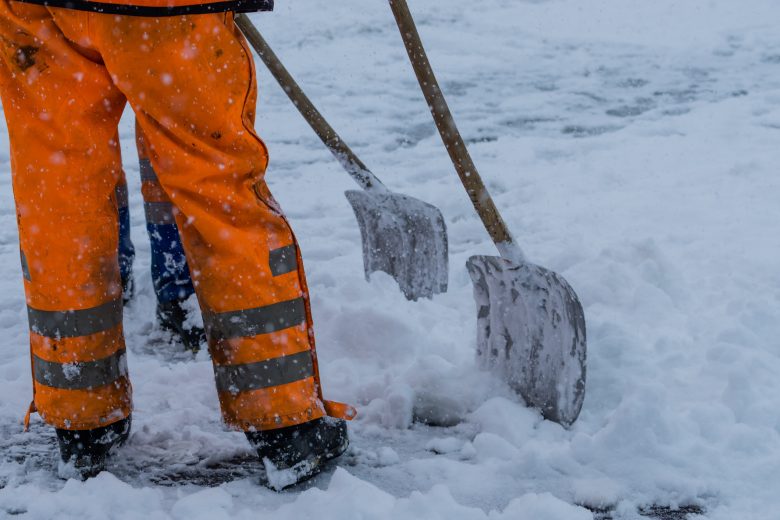Employers and workers alike can make the false assumption that the effects of cold temperatures can only be felt in harsh conditions such as blizzards or negative-degree weather. In reality, cold stress can affect outdoor worker safety even during seemingly milder autumn days and nights. Temperature is only one factor that determines the danger of cold stress, and dampness, wind speed and wind chill, and contact with cold water also play a role. To know when workers are being negatively affected by cold-weather working conditions, watch for signs and symptoms that may indicate the following health issues.
Hypothermia
Hypothermia happens when the body loses heat faster than it’s produced, resulting in body temperatures so low that brain damage can result. Watch for shivering, loss of concentration, loss of coordination, confusion and severe fatigue. Move the worker to a warm place immediately. Offer warm beverages and blankets while keeping an eye on them to make sure their pulse doesn’t drop. Later symptoms may include blue skin, dilated pupils and a loss of consciousness—at this point they should be treated by a medical professional.
Frostbite
Frostbite is caused by freezing and can occur when the wind chill is high, causing the environment to feel colder than it is. Most frequently, frostbite strikes when workers haven’t dressed appropriately or provided with the necessary protective wardrobe to perform their tasks. It will often affect the face as well as extremities like toes and fingers. This is a serious condition that can cause permanent damage to the body and should not be taken lightly. Symptoms include numbness, stinging or aching in the affected area. To care for a frostbitten area, place it in warm water and do best not to make physical contact as it could cause further harm.
Trench foot
When someone says “trench foot”, people may think this condition is a relic of World War II. But in damp and wet temperatures, and without the proper protective footwear, trench foot can hurt a worker whose foot is exposed to water for extended periods. Continued loss of heat causes blood vessels in the foot to die and the skin to rot. Watch for cramping, swelling, blisters and gangrene. As well, encourage the worker experiencing symptoms to immediately find a dry place and remove pressure from the limb.
Chilblains
Repeated skin exposure to cold but not freezing temperature can cause damage to blood vessels and result in temporary or permanent redness and itching. Watch for signs of inflammation and encourage workers not to scratch affected areas. Instead, corticosteroid cream should be applied if available. Using safety gloves that are designed to withstand cold temperatures is an excellent way to prevent this issue.
When it comes to cold weather safety, it’s crucial to take all the necessary precautions and not to underestimate the effects of chilly weather, even when temperatures are above freezing. Most cold-related injuries occur when workers are unprepared and don’t have the proper equipment to provide adequate protection. Remember, if employees are working outside, it’s best to have additional layering available and to identify a place to take shelter nearby just in case it’s needed.

